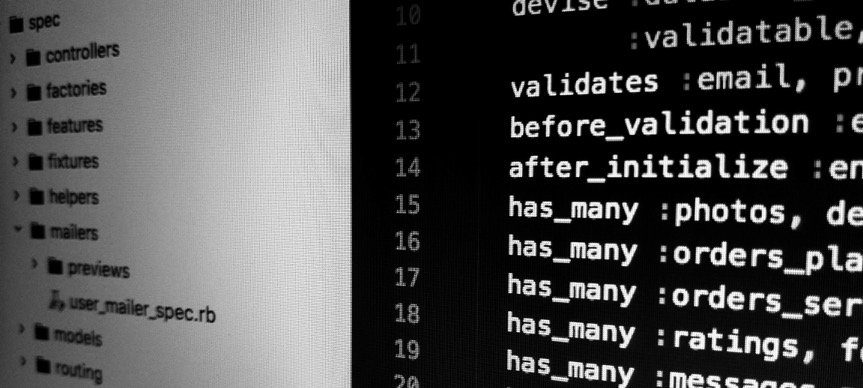Threat modeling is a security methodology used by many businesses today to develop the security of their systems. Threat modeling may become even more important in the future for Cybersecurity. Companies’ IT departments are confronted with the task of predicting and countering digital assaults. They acquire enough knowledge to simulate a danger through thorough study. This implies they’ll be able to recognize and comprehend the dangers of a cyber attack, as well as the countermeasures to take.
Organizations interested in simulating cyber threats should first analyze their vulnerabilities before simulating the kind of cyberattacks they are likely to face. Threat modeling examines the precise sorts of responses that businesses will have in the case of a cyberattack, as well as their security procedures. The method is generally most successful at the start of an operational business. After all, the business would save cost if risks were detected early on before they inflicted more havoc on the system design.
Threat modeling has taken on new importance in the realm of cybersecurity in recent years. The notion goes beyond simply improving an organization’s security to identifying potential cybercriminal attack angles. If done right, this may be a game-changer for firms in important sectors’ information security. To begin, threat modeling is a decomposition process in which security professionals learn about an application’s core tasks, such as interaction with both external and internal systems. Professionals can better figure out probable entry points for attackers by doing so. Then they’ll have to narrow down a list of threats to find the most prevalent ones.

This element is simple for IT security specialists thanks to a number of industry-standard technologies and procedures. They will also conduct an in-depth analysis of cyber threats in order to classify them according to the amount of danger they pose to businesses. Companies may need to develop new security policies or amend current ones at this time.
Companies, particularly those that remain prospective targets for the bulk of cyberattacks, will almost certainly need to develop ways to automate their threat modeling operations in the future. Organizations’ cybersecurity arms can better anticipate threats of growing difficulty by automating the process.
Threat modeling may help businesses in a variety of ways as long as it is done on a regular basis. For starters, it aids in keeping the company’s models up to current in order to stay up with the changing environment of cyber threats. It gives businesses real-time coverage of the cybersecurity environment, allowing them to correctly estimate their risk exposure. Furthermore, it aids businesses in identifying danger sources and utilizing the data to create security measures such as focused testing. Additionally, companies may decrease the surface area of assaults by having an updated threat model that is fully categorized by cybersecurity specialists.

A continual threat modeling approach would also assist companies looking to undertake new initiatives such as mergers and acquisitions. It aids them in determining the best course of action.
measures for risk management Furthermore, because the method allows businesses to effectively quantify their security activities, they may better evaluate their vulnerabilities across sectors. Threat modeling also allows businesses to assess the various expenses involved with threat protection and control. That manner, the funding may be properly allocated to risk reduction activities.
To summarize, the company’s approach to continuous threat modeling will have a significant impact on the future of cybersecurity. Companies will gain a lot by using up-to-date data on cyberthreats to create models that correctly represent the dangers they face. Furthermore, the information obtained via this method may be used to build a comprehensive picture of the dangers connected with certain hazards. As a result, the company’s IT department will be able to convey risk mitigation methods to the board when allocating funding for cybersecurity projects. The board may confidently launch new initiatives based on threat modeling information with the help of its information security specialists.
To overcome all data center physical and logical security, all businesses that offer data center services and have numerous client data housed and controlled by data center service providers must develop a zero-trust architecture.
Organizations can create and maintain a reliable digital infrastructure with the help of Fulcrum’s Cloud and Infrastructure Engineering. Our clients gain from our comprehensive infrastructure support, qualified professionals providing round-the-clock service, and strong OEM technology alliances.
Author: Vaibhav Tare is a CISO & Head of Cloud Infrastructure at Fulcrum Digital with over 27 years of cybersecurity, cloud, enterprise data center infrastructure experience. In his role, he advises customers, partners, ISVs, and OEMs on best practices for developing cybersecurity, data center and cloud management strategies and architecting and designing data center modernization blueprints with software defined infrastructure projects.
